As each person left the counter, the inspectors sprayed the counter top with something and wiped it down before signalling the next passenger to step up. From what I could see, a lot of things were taken away - packs of cigarettes and lots of unidentifiable things in plastic bags, water bottles. The baby food and formula in our suitcases survived vigorous shaking, reading of the ingredients list and a smell test.
It is hard to escape the fact that Australia is very cautious about the food or other items that journey across the borders or are made available for consumption within the country. There was angst over avocadoes imported from New Zealand and then there was this notice near the checkout counter at a McDonald's in Melbourne assuring patrons that its buns come from Australian grown wheat.
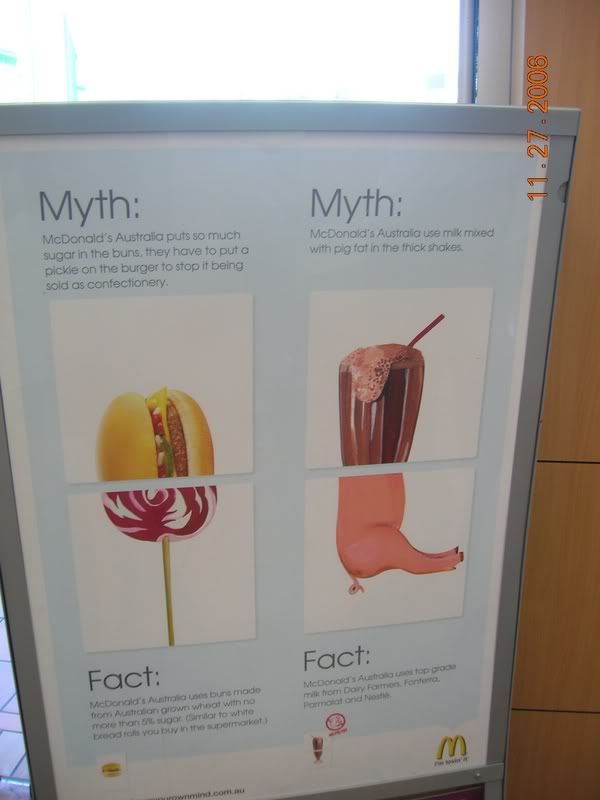
Similar notices - that the products are "proudly" made in Australia - are very common in numerous other instances. While protecting the local economy and local jobs is one side of the story, the need to safeguard the uniqueness of everything Australian, particularly the ecosystem, is quite apparent.
And unique it is. For one, the diversity of landscapes is simply breathtaking. From the cobalt blue waters of the Southern Ocean to the thick, dark green canopy of the rainforests, from the the Great Barrier Reef to the dry, dusty, parched land of the Northern Territory, from the hustle and bustle of its cities to the desolate highways and the nearly two-thirds of the country that hasn't yet been explored, from the pastoral scenes to patchs of twisted, burnt trees, Australia evokes memories of many other places I've seen yet is unlike any of those.
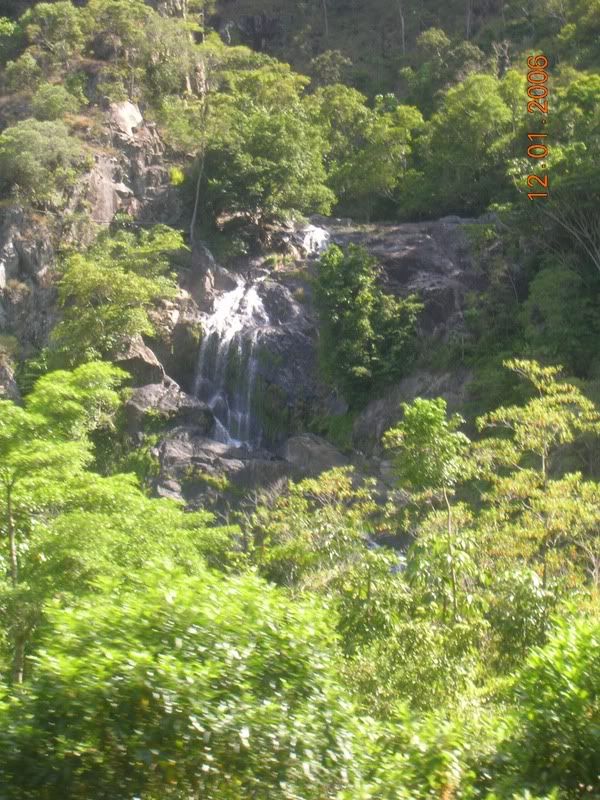
The Kurunda Rain Forest near Cairns
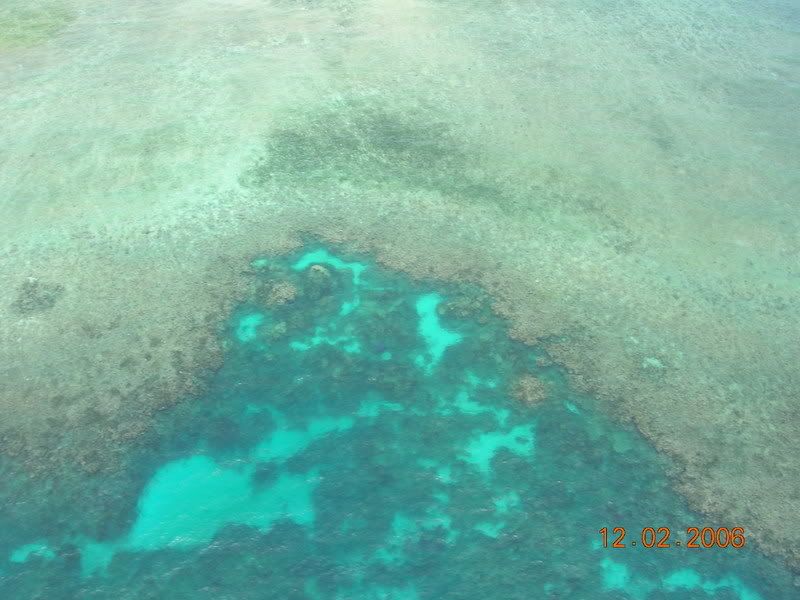
The Great Barrier Reef as seen from the air
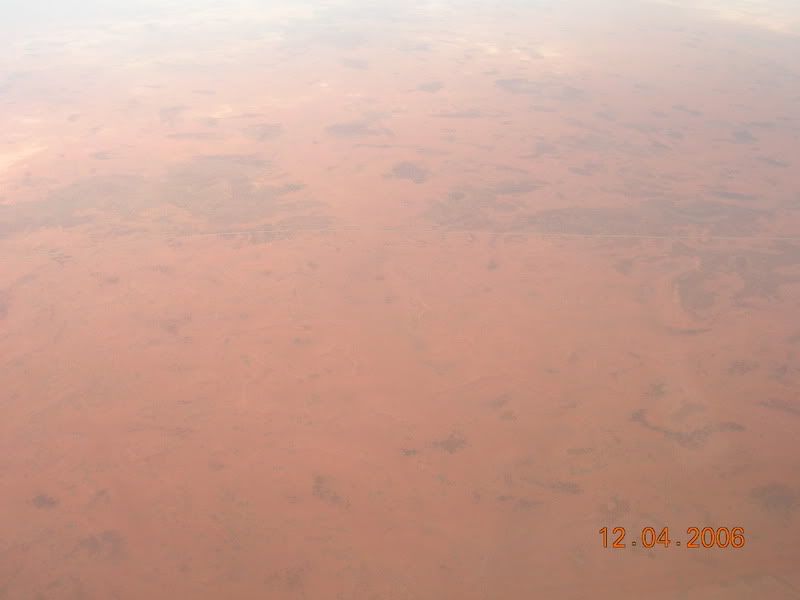
The desert in the heart of Australia
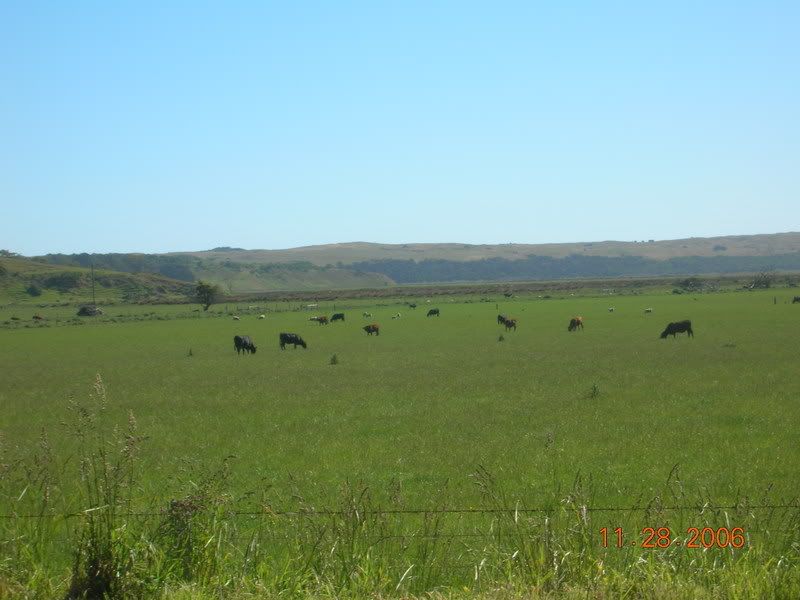
A farm on the Great Ocean Road
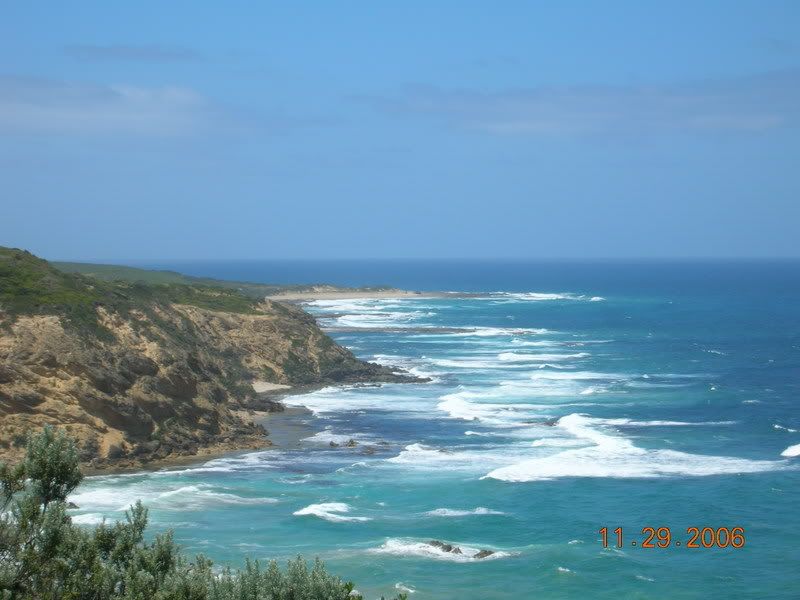
A view of the Southern Ocean from the Great Ocean Road
Australian roads are made for long car drives and road trips - they are beautifully laid out, well paved and carry clear and helpful signage. The signage itself is a curious mixture of the British and American systems. Highways are designated as A1 or M1 as in the UK, while the boards resemble the American ones - green for the highways and brown for tourist attractions and places of historical interest.
Signs dotted along the highway remind you that you "drive on the left side in Australia," they encourage you to use the "turn-outs" - short lanes on the left of the road that you move to before you make a turn - if you are going slow and there's a vehicle behind you looking to get ahead ("Consider the vehicles following you," read a sign); they also urge you to spare a thought for the cost of speeding ("Speed ... Consider the cost").
In addition to turn-outs and round-abouts (meaning circles), I've added "bottle shop" to my vocabulary (it took a while to figure out what it was, but I'm very pleased at the addition; it's much more subtle than "liquor store" or "wine shop"), and "northern spring," meaning springtime in the northern hemisphere. That phrase made its appearance in a story about the impending birth (well, in the spring) of the child of Mary Cheney, Cheney's gay daughter.
The usage of the term is curious to me. I don't believe I have ever come across the phrase "southern winter" or "summer in the southern hemisphere" or some equivalent in newpapers or on television channels in the US. What is also curious, but endearing, is the many ads on television during the Christmas season (some for barbeque grills!) carrying visuals of snow and snow flakes. Images of a white Christmas must be difficult to shake off even if you're sweating in your half-sleeved shirt and have no hope for a snow flake for at least six more months.
Infomercials occupy pride of place in television programming, or so it appears. A few of the morning shows we saw took breaks of ten minutes or more at a time during which they played informercials (I remember one for a computer purchase plan). In many of these, the anchor of the morning show was also the presenter of the informercial.
Much newsprint and airtime was given over to the "coup" in Fiji, which dragged on and on for a few days, so much so that the television channels were giving regular updates on the precise timing of the coup. No cloak and dagger stuff here - the general gave the president advance notice and the president sat in his home waiting for the event to happen. Also close to Fiji, two young air force men died in a Black Hawk helicopter crash.
In politics, the Cole Inquiry (investigating the allegations of kickbacks paid to the Saddam Hussein regime by AWB, an Australian wheat company) hogged much of the limelight followed closely by the tussle for the leadership of the opposition between Kim Beazely and Kevin Rudd (who we saw one evening going up Market Street in Sydney), which Rudd eventually won.
Although Australians are acutely environmentally conscious (one television channel voluntarily instituted programs to reduce carbon emissions within its premises) and although many people were on foot and on bikes, downtown Sydney and Melbourne were as clogged with rush hour traffic as any major metropolitan city.
Australia spoils you for food choices. No matter what your taste, you're bound to find something, although it might be slightly more expensive than you are used to. The people are warm, welcoming, helpful and eager to chat you up. There are so many things to see and do and the country is just so big (even if you take into account only those parts that are inhabited and have been mapped) that you cannot get the full flavor of it on just one visit.
And I'm definitely looking forward to going back, not the least because in our entire two weeks there we somehow managed not to meet a single kangaroo.


6 comments:
Nice pics..Madam,
Are you still doing the RJ in FM Rainbow???
*turning green with envy* - lovely post and pics.... when was this? somehow never think of Australia as so colorful....
have you read Bryson on Australia? great book!
Hi Thenraj,
Thanks. I'm not doing the regular RJing anymore, although they have yet to broadcast a few interviews that I've recorded.
Charu, :)
We went there the last week of Nov and early Dec. I know what you mean about the color. The contrasts in landscapes are simply breathtaking.
And yes, I have read Bill Bryson. I wrote about it here.
You are damn right about what makes news in Australia! We were 'down under' in December, and Kevin Rudd and Beazley was the only political news until Rudd won. After that, the headlines was dedicated to everything Rudd! Close second on the news was the 'Ashes' series, followed by swimming and sailing!
A detailed travelogue of our 3 week vacation to Sydney, Tasmania and Queensland territory is here...
http://vidscape.blogspot.com/
Vidya, how did I forget the Ashes!?
I'll check out your posts after I finish writing up all of mine. Thanks for the link. :)
very nice observations (and pictures too!) :)
Post a Comment